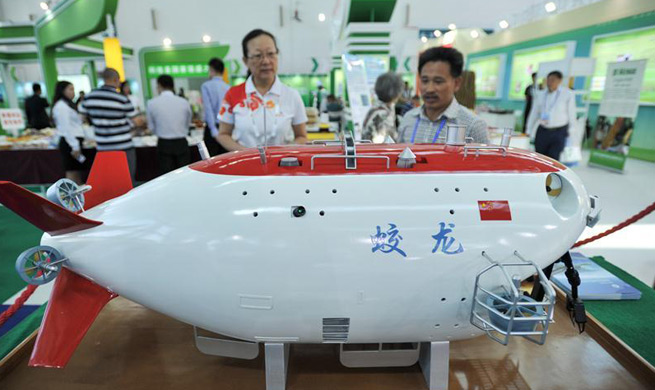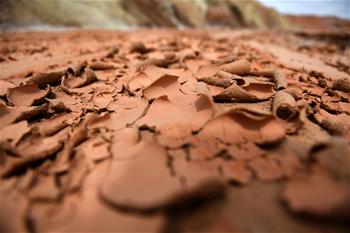WASHINGTON, Sept. 7 (Xinhua) -- U.S. aerospace company SpaceX on Thursday launched its Falcon 9 rocket for the U.S. military, carrying the mysterious X-37B space plane to orbit for its fifth secret mission.
The two-stage rocket took off at 10:00 a.m. EDT (1400 GMT) from Launch Complex 39A at the U.S. space agency NASA's Kennedy Space Center in Florida.
The X-37B program, run by the U.S. Air Force's Rapid Capabilities Office, began as a NASA project in 1999 but was later transferred to the Pentagon.
The U.S. Air Force did not say how long the reusable, unmanned X-37B would remain in orbit, but each of the four missions it has lasted longer than the previous one. Its fourth mission ended in May after 718 days in orbit, extending the program's total number of days spent in space to 2,085.
The X-37B, built by Boeing, looks much like NASA's retired space shuttles, only much smaller. It is boosted into orbit by a rocket and lands like an aircraft on a conventional runway.
The exact purpose of the X-37B was never revealed and the secrecy surrounding the project has led to speculation that the solar-powered X-37B can be used as a spy satellite or to deliver weapons from space.
The U.S. Air Force said in a statement that the fifth mission "continues to advance the X-37B's performance and flexibility as a space technology demonstrator and host platform for experimental payloads."
"This mission carries small satellite ride shares and will demonstrate greater opportunities for rapid space access and on-orbit testing of emerging space technologies," it said.
In addition, "this mission will host the Air Force Research Laboratory Advanced Structurally Embedded Thermal Spreader payload to test experimental electronics and oscillating heat pipe technologies in the long duration space environment."
This was the X-37B program's first launch on a SpaceX Falcon 9 launch vehicle. The first four missions were launched atop United Launch Alliance's Atlas V rocket.
According to the U.S. Air Force, this mission was also launched into, and will be landed from, "a higher inclination orbit than prior missions to further expand the X-37B's orbital envelope."
Randy Walden, director of the Air Force Rapid Capabilities Office, said the many firsts on this mission make Thursday's launch "a milestone" for the X-37B program.
About eight minutes after Thursday's takeoff, the Falcon 9 rocket's first stage successfully touched down on a landing pad at Cape Canaveral Air Force Station, just south of the launch site, as part of the company's reusable rocket program.

















